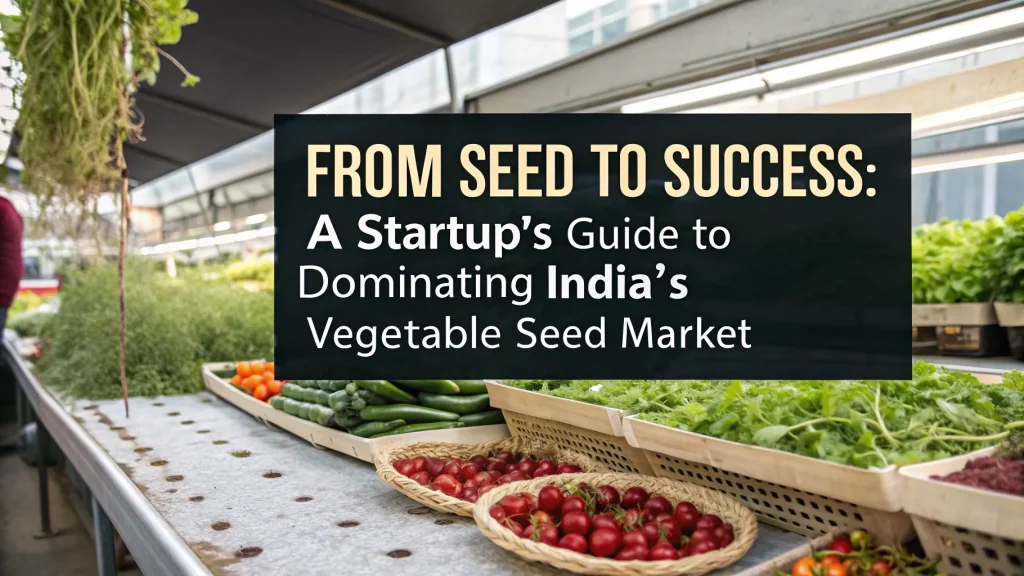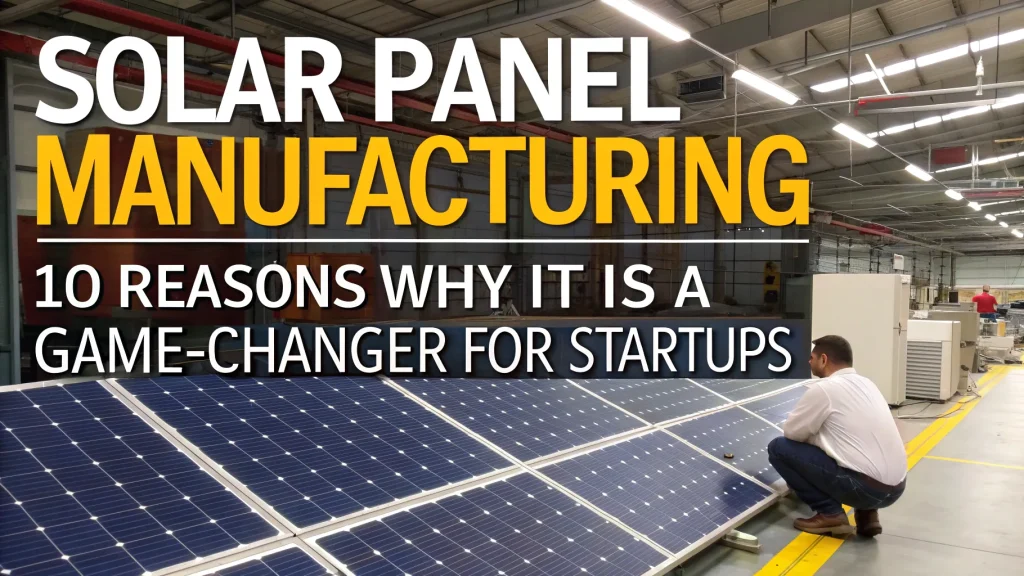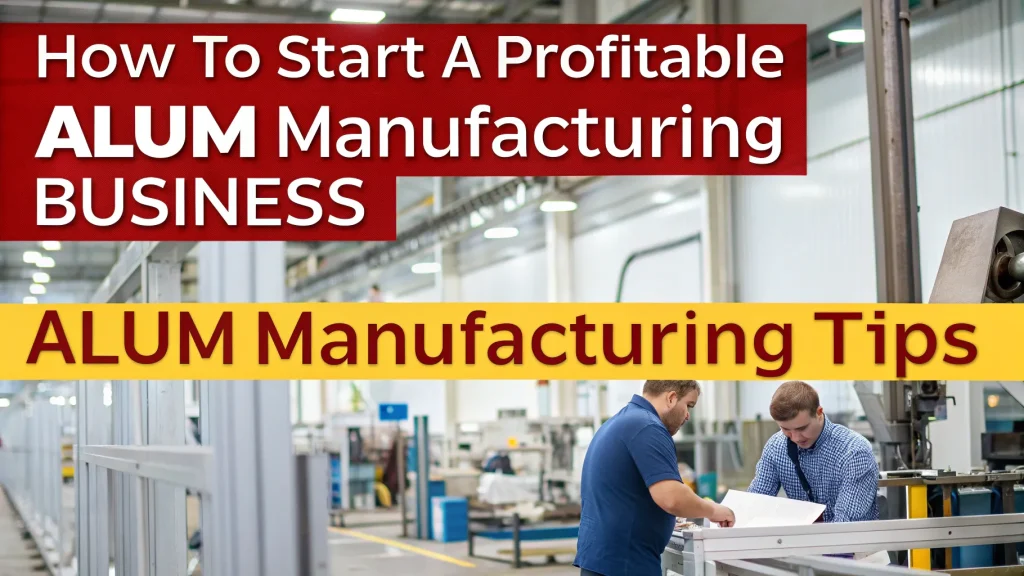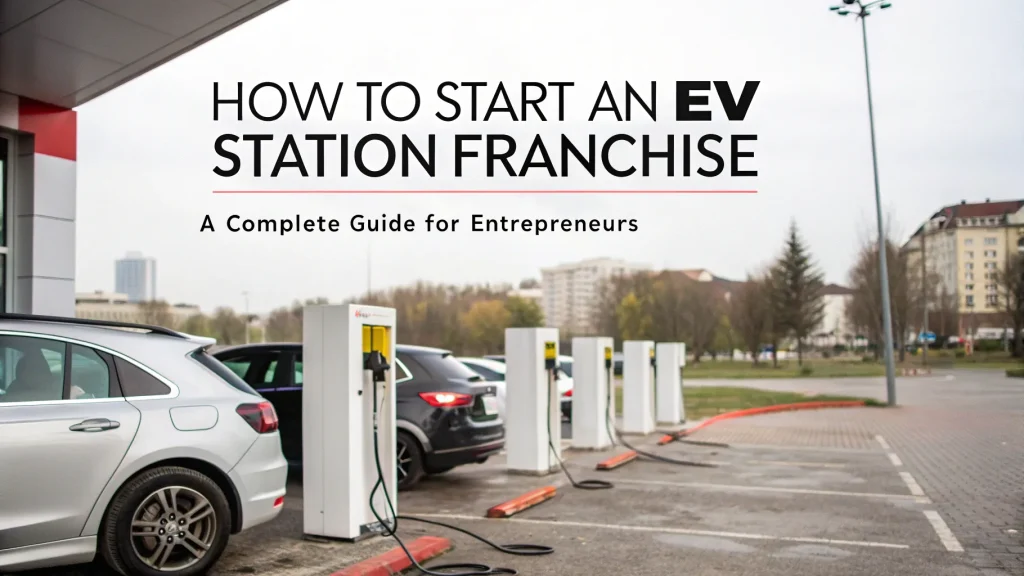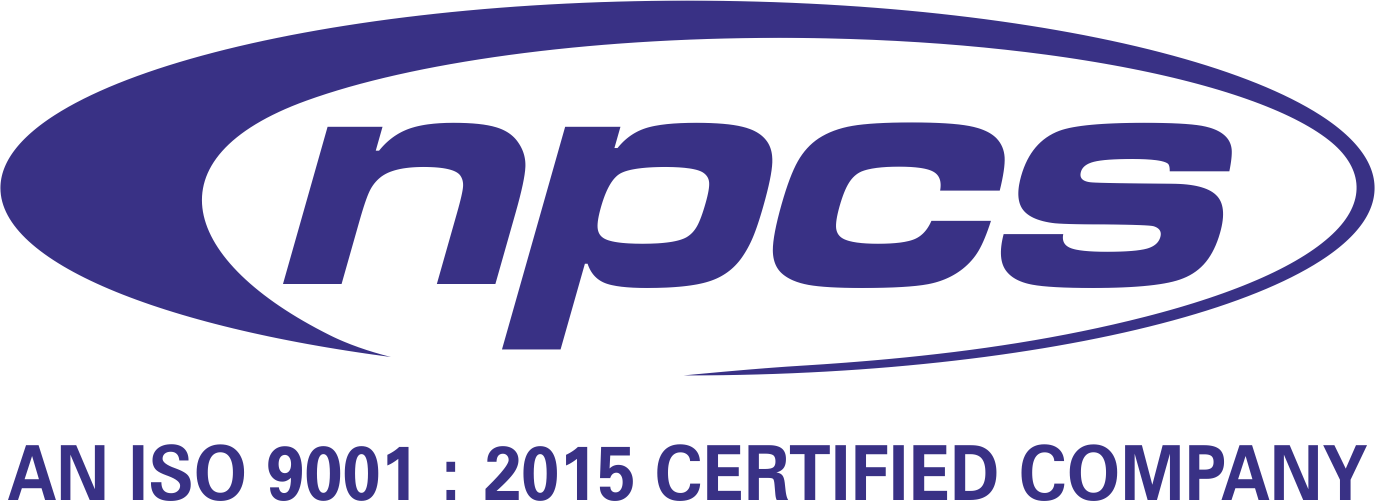India’s ever-growing demand for durable plumbing, irrigation, and construction materials has significantly boosted the business of uPVC and CPVC pipes. These plastic-based piping solutions are now replacing traditional metal pipes due to their superior performance, corrosion resistance, cost-effectiveness, and longevity. With the government’s push toward smart cities, sanitation infrastructure, and rural water supply schemes, the market for plastic pipes has witnessed an annual growth rate of over 10%. This makes the business of uPVC and CPVC pipes not only scalable and profitable but also a strategic investment in the long run.
Setting up a manufacturing unit for uPVC (Unplasticized Polyvinyl Chloride) and CPVC (Chlorinated Polyvinyl Chloride) pipes can serve multiple sectors including real estate, agriculture, and industrial processing. Whether you are a new entrepreneur or an established player looking to diversify, this business model offers opportunities with a healthy return on investment, supported by rising demand and robust supply chains.
Click here to send your queries/Contact Us
Overview of uPVC and CPVC Pipe Manufacturing
The business of uPVC and CPVC pipes revolves around the extrusion molding process using polymer resin and additives. uPVC is widely used in cold water applications, sewage systems, and electrical conduits, while CPVC is designed to handle hot water and corrosive chemicals, especially in industrial and residential plumbing.
Click here to send your queries/Contact Us
Market Demand and Industry Growth
India’s plastic pipe market was valued at ?30,000 crore in FY 2023 and is projected to surpass ?50,000 crore by FY 2028. The largest contributors include:
-
Housing & Real Estate: Driven by increasing urbanization
-
Agriculture: Irrigation pipes, borewells, and drip systems
-
Industrial Use: Chemical-resistant pipelines in factories
-
Water Supply Projects: Rural and municipal infrastructure
uPVC holds a larger share of around 65%, while CPVC is growing rapidly at 14–15% CAGR due to high temperature tolerance and chemical resistance.
Visit this Page for More Information: Start a Business in Pipe and Tubes Industry
Raw Materials Required
The raw materials necessary for this business include:
-
uPVC Resin (K-value ~67)
-
CPVC Compound
-
Additives like stabilizers, lubricants, processing aids
-
Calcium Carbonate (as a filler in some cases)
-
Color Masterbatches
All materials are available through local suppliers and chemical importers, especially in industrial zones like Gujarat, Maharashtra, and Tamil Nadu.
Related Business Plan: Plastic (HDPE, PVC, UPVC and RCC) Pipes
Manufacturing Process
The production of uPVC and CPVC pipes generally involves the following steps:
-
Material Mixing: Raw materials are dry-blended in high-speed mixers.
-
Extrusion: The compound is melted and shaped into pipe through dies.
-
Calibration & Cooling: Pipes are sized, cooled in vacuum tanks, and water baths.
-
Haul-off & Cutting: Pipes are pulled and cut to standard lengths.
-
Quality Testing: Pressure tests, impact tests, and dimension checks are conducted.
-
Stacking & Packing: Pipes are bundled and prepared for dispatch.
Automated extrusion lines ensure high efficiency and consistent quality.
Read Similar Articles: PIPES AND TUBES BASED PROJECTS
Machinery and Equipment Needed
To start the business of uPVC and CPVC pipes, you’ll need:
-
Twin screw extruders (for both uPVC and CPVC)
-
High-speed mixers
-
Vacuum sizing tanks
-
Cooling tanks
-
Haul-off units
-
Pipe cutters
-
Socketing/belling machines
-
Testing equipment
Investment Estimate:
-
Small unit (capacity 300 kg/hr): ?1–1.5 crore
-
Medium unit (600–800 kg/hr): ?2–3.5 crore
-
Large-scale unit: ?5 crore+
Land requirement ranges from 8,000 sq. ft. to 30,000 sq. ft., depending on scale.
Download PDF: Manufacturing Business of uPVC and CPVC Pipes
Licensing & Compliance
You’ll need the following registrations and approvals:
-
Udyam MSME registration
-
GST Registration
-
Pollution Control Board NOC
-
Factory License
-
Bureau of Indian Standards (BIS) certification
-
ISO certification (optional but recommended for credibility)
CPVC and uPVC pipes are standardized under IS 4985, IS 13592, and IS 15778 by BIS.
Related Feasibility Study Reports: PIPE & TUBES Projects
Profit Margin and Return on Investment
The profitability in the business of uPVC and CPVC pipes is quite attractive:
-
Production cost per kg: ?70–?90
-
Market selling price: ?110–?150 per kg
-
Gross margin: 25%–40%
-
Annual ROI: 35%–50% (with good market penetration)
A plant producing 1,500–2,000 tons/year can achieve annual revenues of ?20–30 crore.
Applications and Customer Segments
Your target markets include:
-
Real Estate Developers – for building water supply and waste systems
-
Plumbing Contractors – for new constructions and renovations
-
Municipal Corporations – for drainage and water supply tenders
-
Agricultural Suppliers – for irrigation solutions
-
Retail Distributors – across hardware stores and construction suppliers
Expanding into overseas markets such as the Middle East, Africa, and Southeast Asia is also possible, given rising construction activity.
Challenges and Opportunities
While opportunities are immense, consider these challenges:
-
Intense competition from established brands
-
BIS certification delays
-
Volatility in raw material prices (especially PVC resin)
-
Capital-intensive setup
However, opportunities in government infrastructure projects, affordable housing, and smart city initiatives far outweigh these challenges if managed efficiently.
Conclusion
With an expanding construction sector, strict quality norms, and increasing consumer awareness, the business of uPVC and CPVC pipes is one of the most profitable and scalable manufacturing opportunities in India. By investing in the right machinery, obtaining necessary certifications, and targeting diverse customer segments, entrepreneurs can establish a sustainable and high-growth venture in this field.
Read our Books Here: Handbook on Steel Bars
See More Links:
- Start a Business in Asia
- Start a Business in Potential Countries for Doing Business
- Best Industry for Doing Business
- Business Ideas with Low, Medium & High Investment
- Looking for Most Demandable Business Ideas for Startups
- Startup Consulting Services
- Start a Business in Africa
- Start a Business in India
- Start a Business in Middle East
- Related Videos
- Related Books
- Related Projects
- Related Market Research Reports

